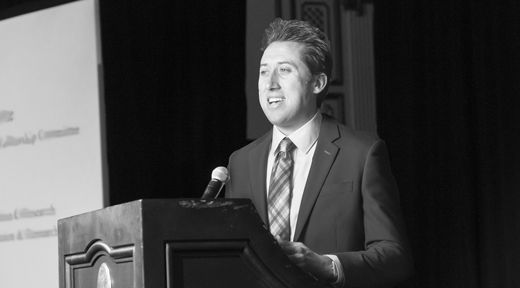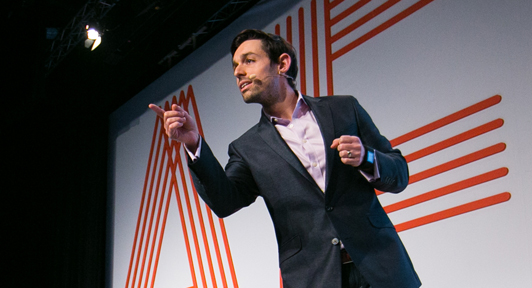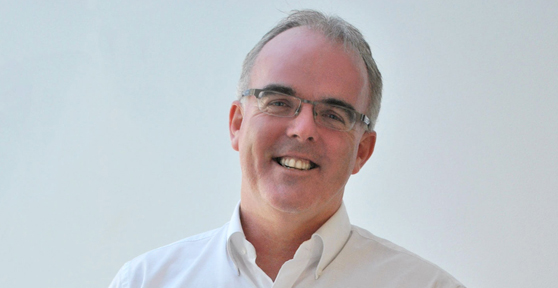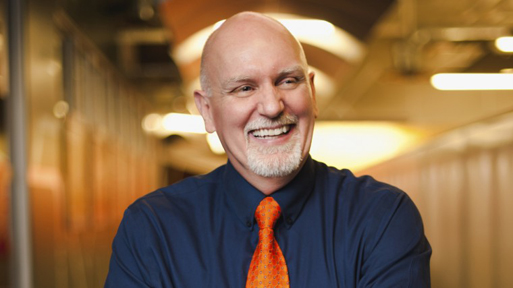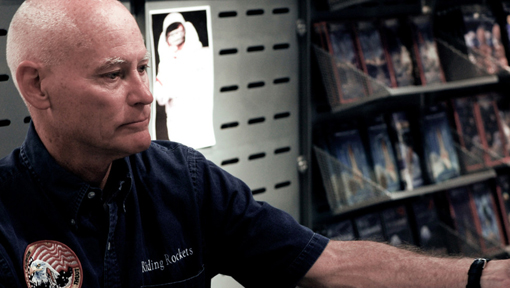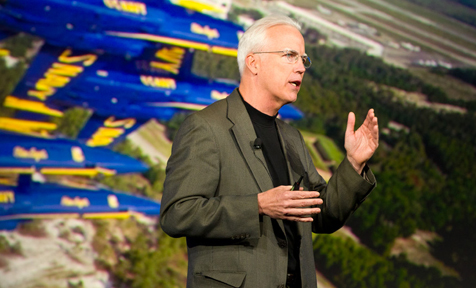
Building Trust, with George Dom
| Leadership principles don’t change when the consequences go up - you just don’t have the luxury to compromise. | |
| |
 | How has your career as a commanding officer and flight leader of the Blue Angels informed your work as a leadership consultant? |
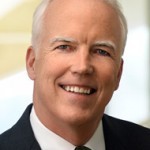 | Being the leader of high performance teams with life/death consequences provided insights to universal principles that apply to ALL leaders and teams. Leadership principles don’t change when the consequences go up - you just don’t have the luxury to compromise. Leaders and teams that decide not to compromise will enjoy tremendous success. |
 | In your celebrated TEDx talk, you discuss how your Blue Angels teammates would ask five basic questions to judge your trustworthiness. What are these questions and how can they be used to help build trust? |
 | Each question examines one of the five ingredients of trustworthiness (“5C’s”).
|
| A Blue Angels flight demonstration is not about risk; it’s about precision. | |
| |
 | What is it like performing the thrilling acrobatics with the Blue Angels? From the ground, the breathtaking maneuvers look dangerous. How does the team manage risk? |
 | A Blue Angels flight demonstration is not about risk; it’s about precision. Precision is achieved by perfect practice, an attitude of continuous learning/improvement, and a willingness by everyone to accept daily feedback on their performance. |
 | How can individuals best achieve high performance, and how can this be measured? |
 | Each individual must decide the metrics of high performance for themselves. For the Blue Angels, it is consistently improving their flight performance, measured objectively and subjectively by the leader and teammates. |
| Leaders come in all sizes, shapes, styles, and temperaments, but there are three things all leaders have in common. | |
| |
 | Why is trust considered a cornerstone of being an effective leader? |
 | Leaders come in all sizes, shapes, styles, and temperaments, but there are three things all leaders have in common: vision, an unwillingness to accept the status quo, and the influence to mobilize and energize their team.
Ultimately, leadership is all about navigating change. Unfortunately, change includes uncertainty, which breeds anxiety and fear. However, high-performance leaders help their teams overcome their fears and anxiety through relationships built 0n trust. |
 | Would you please share some tips on how organizations can foster a culture of high-trust? |
 | Leaders are responsible for developing and sustaining a high-trust culture so it’s important they lead by example and hold people accountable for trustworthy behavior.
Additionally, leaders should include the 5C’s of trustworthiness in hiring, training, promotions, and reward criterion. They can also conduct trust surveys to identify gaps in the culture that are causing lower trust and mistrust. |
| Integrity is about living the team’s core values. | |
| |
 | Would you please give us a few tips on how leaders can build integrity with their teams? |
 | Integrity is about living the team’s core values. Building integrity starts at the time you assemble your team. The recruiting/hiring process should focus on candidates who have demonstrated the team’s core values in their behavior. Don’t hire anyone who doesn’t share these core values – not just by word, but by deeds as well. In the words of Sister Helen Prejean, “I watch what I do to see what I believe.”
Next, communicate the team’s core values clearly, consistently, and pervasively. Make sure everyone understands them and why they are important. Finally, publicize stories of teammates who have demonstrated the team’s core values under difficult circumstances. These stories should illustrate “This is who we are; this is how we operate.” |
 | What elements need to go into the development of a high-trust action plan? |
 | Think of specific activities that will help each individual develop “trust muscles” in each of the 5C’s:
|
 | What are some ways leaders can build high performance teams? |
 | First, recruit trustworthy teammates. Related to that, leaders need to have a clear, inspirational mission that is greater than any one individual. They must clarify roles and responsibilities that are mutually dependent - avoid being a bowling team with each person sticking to their own alley.
It is important leaders institute a rigorous, routine performance review process to ensure accountability. Along the way, they also need to remember to make the team building experience fun. |
| He wanted one of his three sons to have a Navy experience and I was smart enough to take his advice. | |
| |
 | What drew you to military service and, specifically, to become a fighter pilot? |
 | My father served in the Navy in WWII. He commanded a ship during amphibious landings in Africa, Italy, and islands in the Pacific. He wanted one of his three sons to have a Navy experience and I was lucky enough to take his advice.
Navy familiarization experiences during college summers exposed me to flying and inspired me to attend flight school after graduation. While in flight school I saw a Blue Angels flight demonstration and decided I had to fly fighters! |
 | Since retiring from the military, what other projects have you been working on? |
 | I’ve remained in aviation and done consulting in corporate jet operations and acquisitions; currently I lead a large flight department for a company on the west coast with worldwide missions.
For several years I was a performance coach for the Human Performance Institute, teaching classes in individual high performance to corporate clients. Additionally, I share my insights on leadership and teamwork with organizations across the world that are seeking to improve individual and collective performance. ================================================================ To bring George Dom to your organization, please contact Michael Frick at: Mike@Speaking.com. |

